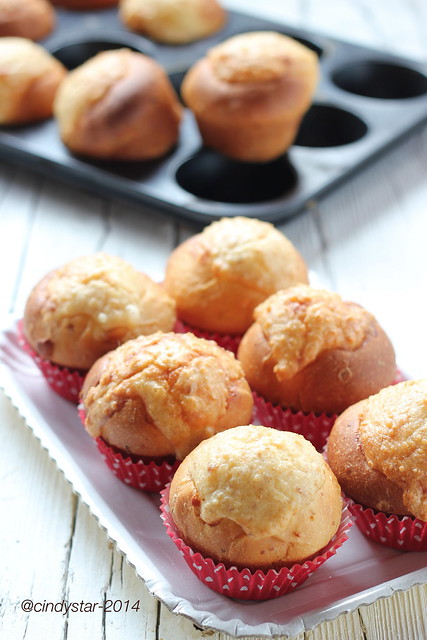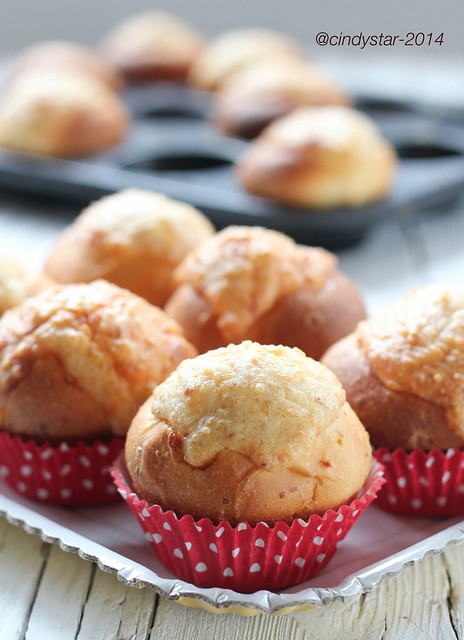Un biscotto tradizionale ceco, prodotto da abili pasticceri e fornai nella citta di Lomnice, nel nord della Repubblica Ceca, distretto di Semily, sin da prima del 1800.
Molto caratteristici e tradizionali, la denominazione Lomnické suchary è stata
registrata come denominazione di origine nella Repubblica Ceca nel 2003,
e poco più tardi nel 2007 questi biscotti hanno ricevuto l'Indicazione Geografica Protetta (IGP) dell'Unione Europea, che assicura che il prodotto è realizzato solo in una particolare area geografica, garantendo così la sua unicità ai clienti.
Nel 1810, c'erano 20 piccoli produttori di biscotti registrati ia Lomnice. Il più famoso e il più grande di loro era la pasticceria di pasticcere Michal Jina e dei suoi figli Antonín e Josef. La popolarità e la fama dei loro biscotti si diffuse ben presto al di fuori dei confini della Boemia, raggiungendo l'Austria e l'Ungheria, così come altri paesi europei, arrivando persino negli Stati Uniti.
Questi biscotti hanno vinto il Grand Prix al World Expo del 1927. Nel 1948 tutte le fonti di produzione furono nazionalizzate. Si ritornò ad una società privata solo nel 1989, acquisita dalla Nestlé, che terminò però la produzione nel 1994.
Un anno dopo, la produzione dei questi tradizionali biscotti fu rilanciata dalla società Vekos. Poco dopo, molti altri produttori si unirono riuscendo così a fondare nel 2005 l'Associazione dei Produttori di Biscotti di Lomnice, con lo scopo di conservare sia le ricette autentiche e tradizionali che le procedure di produzione e il marchio. I biscotti sono cotti due volte, ricoperti di zucchero a velo prima della seconda cottura, che li rende anche facilmente distinguibili dai biscotti normali (
da Discover CZ).
Volutamente non ho cosparso i biscotti di zucchero a velo per mantenerli neutri e quindi poterne usufruire anche come snack salato, con formaggi, salumi o verdure.
Si conservano a lungo in una scatola ermetica.
Ricetta dal libro
Le migliori ricette della cucina Ceca di Harald Salfellner - ed. Vitalis.
Ingredienti:
250 g di farina 0
250 g di farina di farro
125 ml di latte tiepido
10 g di lievito di birra
un pizzico di zucchero di canna
100 g di burro morbido
3 tuorli
un pizzico di sale
buccia grattugiata di un limone
noce moscata grattugiata *
semi di finocchio in polvere *
* la quantità a piacere, solitamente mezza noce moscata e un quarto di cucchiaino di finocchio
Sciogliere il lievito nel latte tiepido con lo zucchero.
Mescolare le farine nella ciotola ed iniziare ad impastare aggiungendo il latte a filo, poi i tuorli leggermente sbattuti, il sale, gli aromi ed il burro. Lavorare bene fino ad ottenere un impasto omogeneo ed elastico.
Formare una palla e lasciare lievitare in ciotola coperta per circa un'ora.
Sgonfiare la pasta, dividerla a metà e formare due filoncini di circa 4 cm. di diametro.
Metterli sulla teglia da forno ricoperta di carta forno e lasciare lievitare coperti per almeno 30 minuti (anche un'ora se possibile).
Infornare a 200° e cuocere circa 25 minuti (eventualmente coprire con stagnola se si colorano troppo).
Lasciare riposare i filoni fino al giorno dopo, quindi tagliarli a fette spesse un dito e biscottare in forno a 120° per circa 30 minuti.
Spolverare le fette ancora calde con zucchero a velo, se piacciono dolci.
Altrimenti conservarle così neutre, in una scatola di latta durano a lungo e potranno essere consumate sia con alimenti dolci che salati.
Lomnické suchary - Lomnice Biscuits
Something
traditional Czech for the
Culinary ABC of the European Community, hosted this month by Alessandra.
Lomnice is a town in the Northern region of Czech Republic, in Semily district.
They are very old, probably produced since before 1800. Because of the unique character of these cookies, the name Lomnické suchary was registered as a protected designation of origin in the Czech Republic in 2003 and in 2007 they gained a trademark of the European Union.
You can read the story here.
And something good and simple for our breakfasts and snacks.
Three in one and that's it, no difficulties, great result.
I love them because they are neutral, neither sugary or salted, so you can have them with anything you like more.
You need:
250 g all -purpose flour
250 g spelt
125 ml warm milk
10 g fresh yeast
(or 4 g dried one)
a pinch of brown sugar
100 g soft butter
3 egg yolks
a pinch of salt
grated zest of one lemon
fresh grated nutmeg *
fennel seed powder *
* at your pleasure, usually half nutmeg and a quarter tsp of fennel
Dissolve yeast in warm milk with sugar.
Mix the flours into a bowl and begin to knead adding milk little by little, then the egg yolks, salt, spices and butter. Knead until the dough is homogeneous and elastic.
Shape into a ball and let rise in a bowl (covere) for about an hour.
Deflate the dough and halve it, then shape into two loaves of about 4 cm. diameter.
Place them on a baking sheet lined with parchment paper and let rise covered for at least 30 minutes ( up to an hour if possible).
Bake at 200° for 25 minutes (cover with aluminium foil if they get too golden).
Let stand the loaves until the following day, then cut into slices (a finger thick) and bake again in the oven at 120° for about 30 minutes.
Sprinkle the slices still hot with powdered sugar, if you like them sweet.
But you can keep them neutral, in a tin box they will last for long and can be served both with sweet or savory foods.

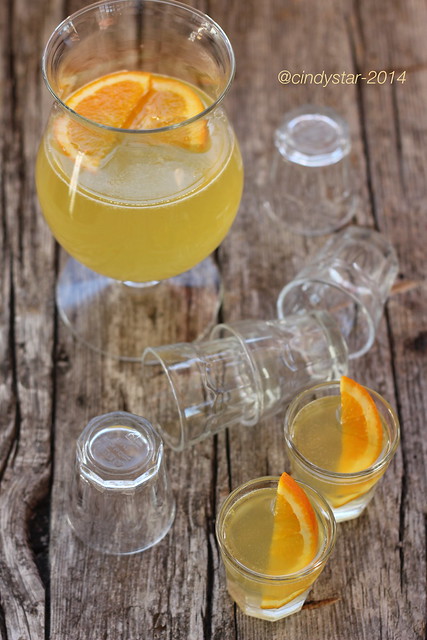
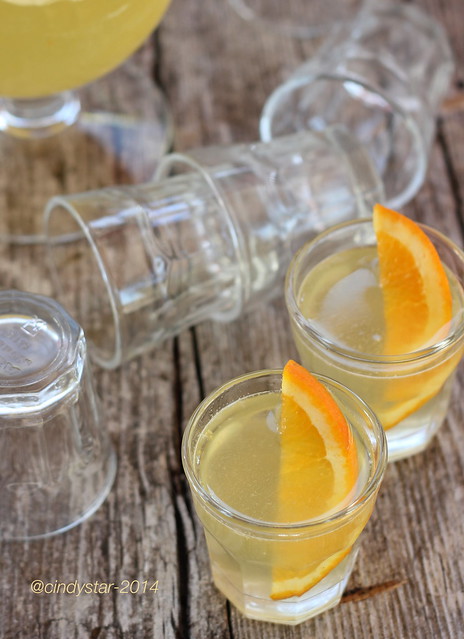

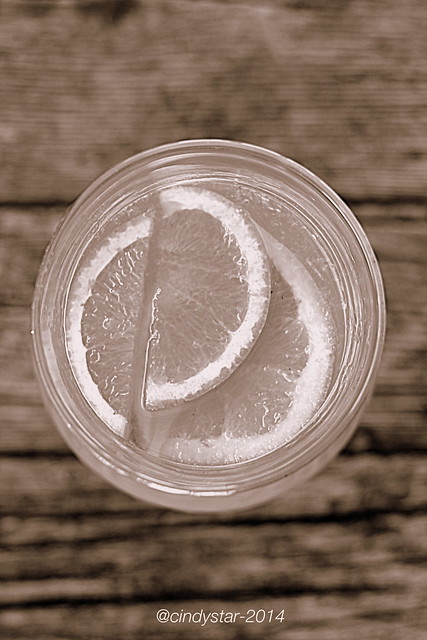

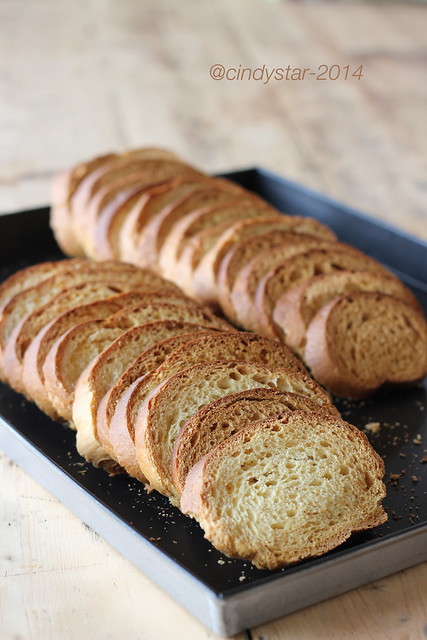
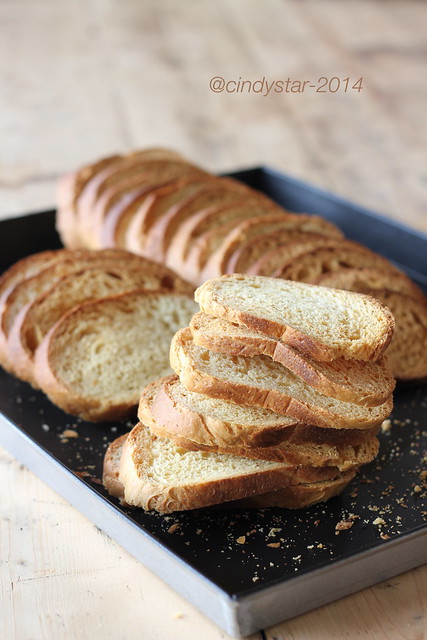





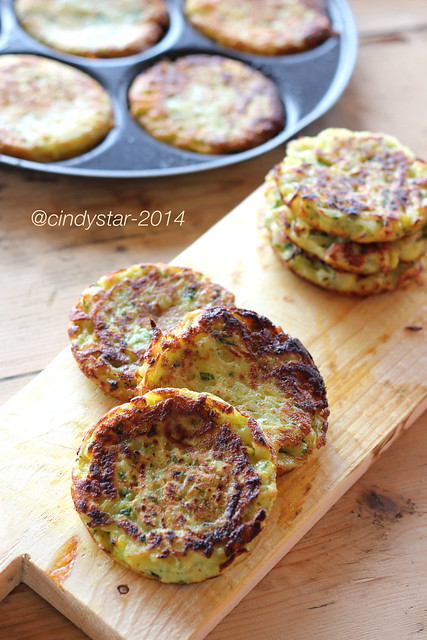
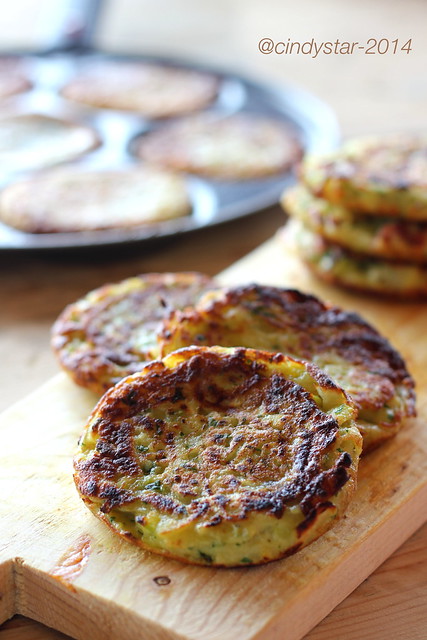
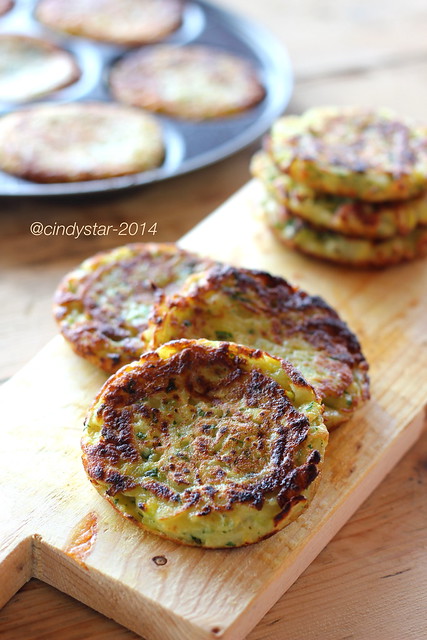
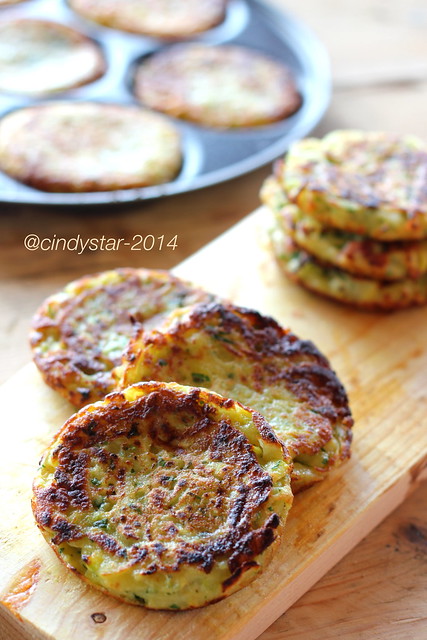
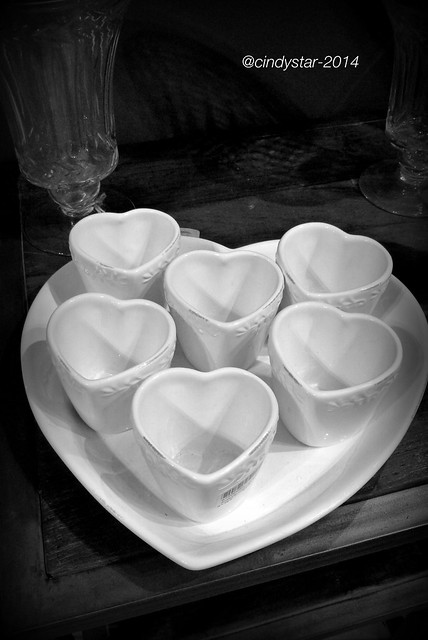

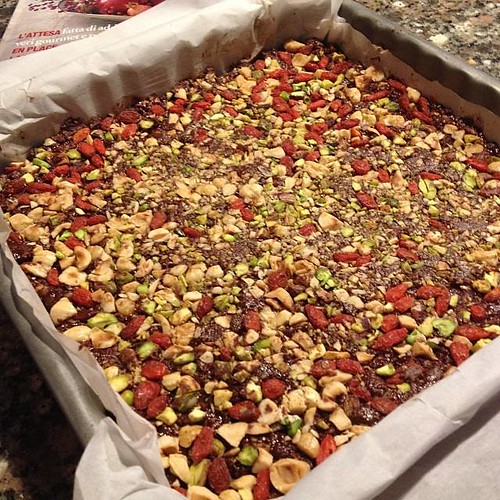


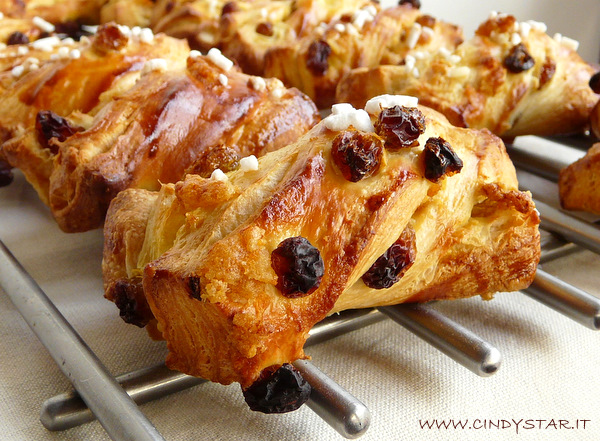
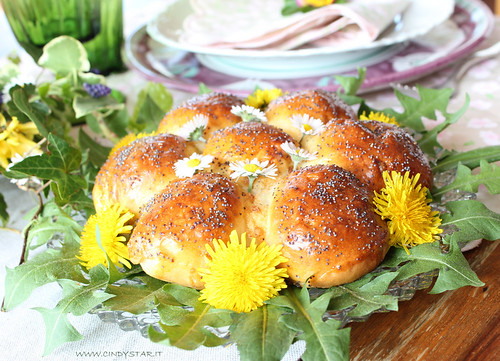
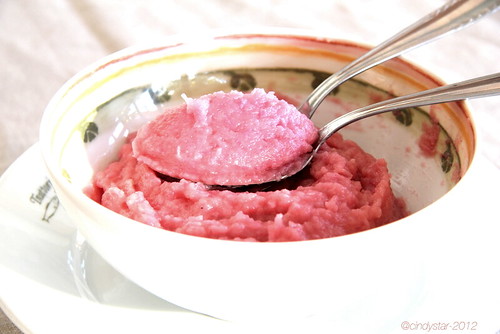
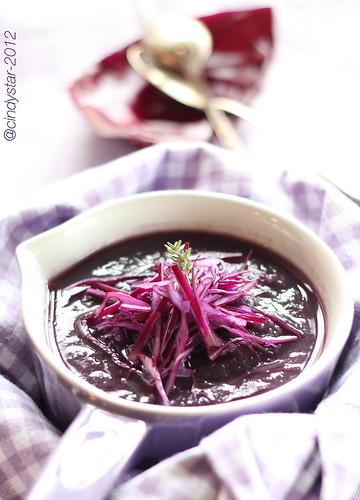


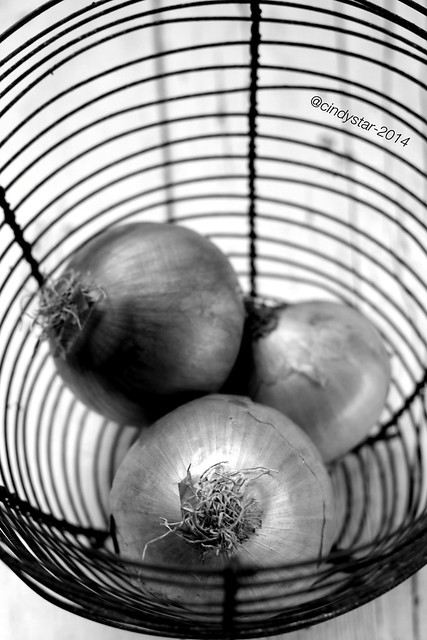

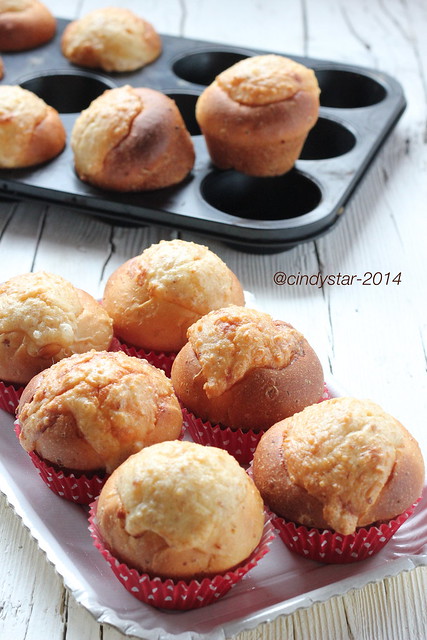
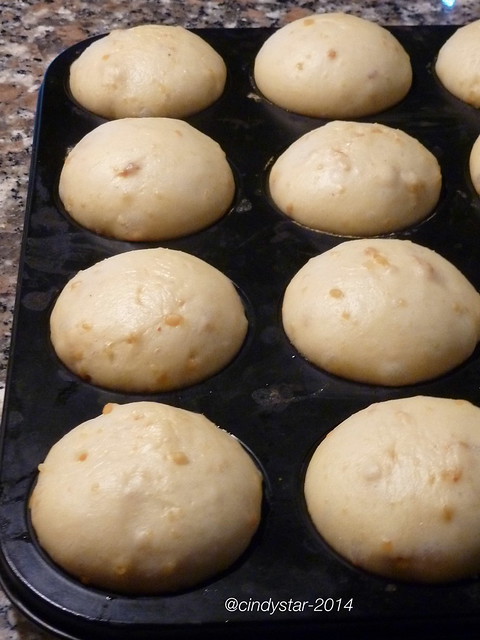
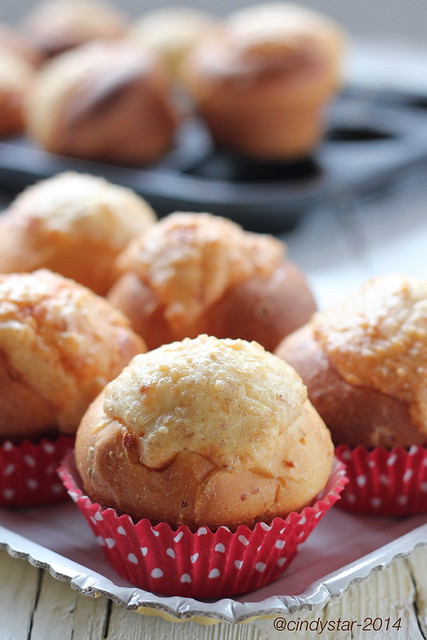
.jpg)
